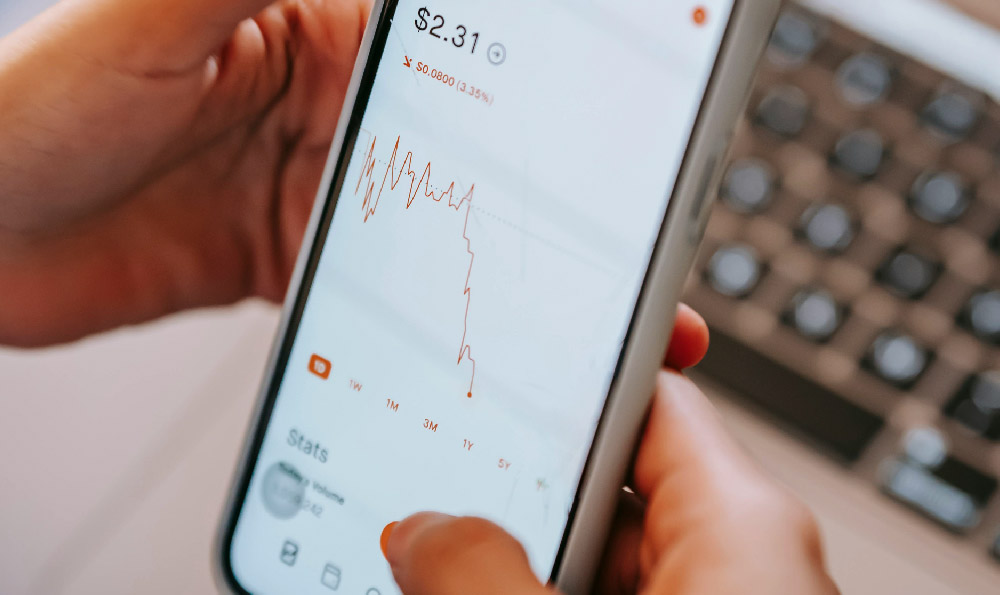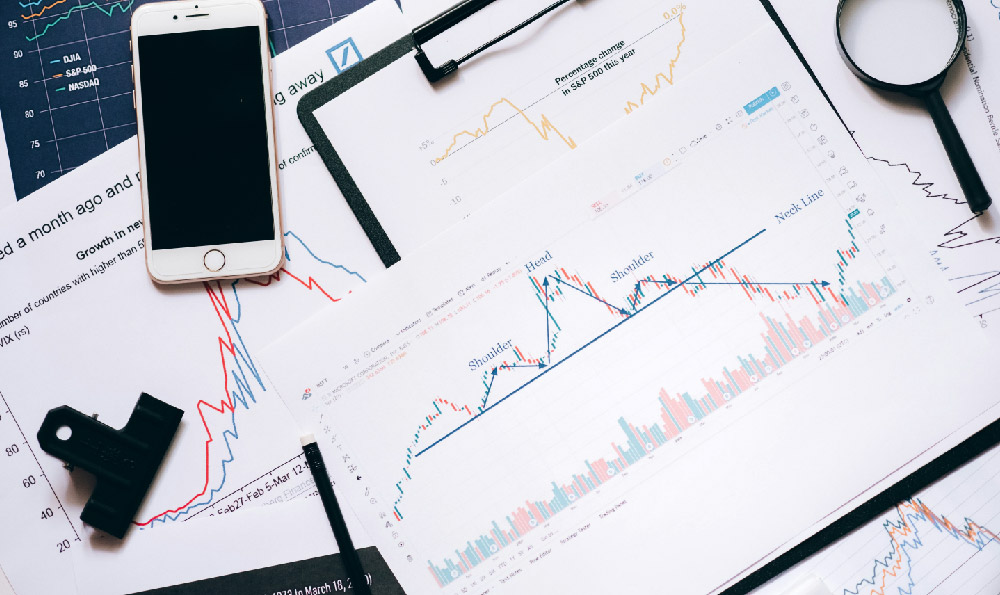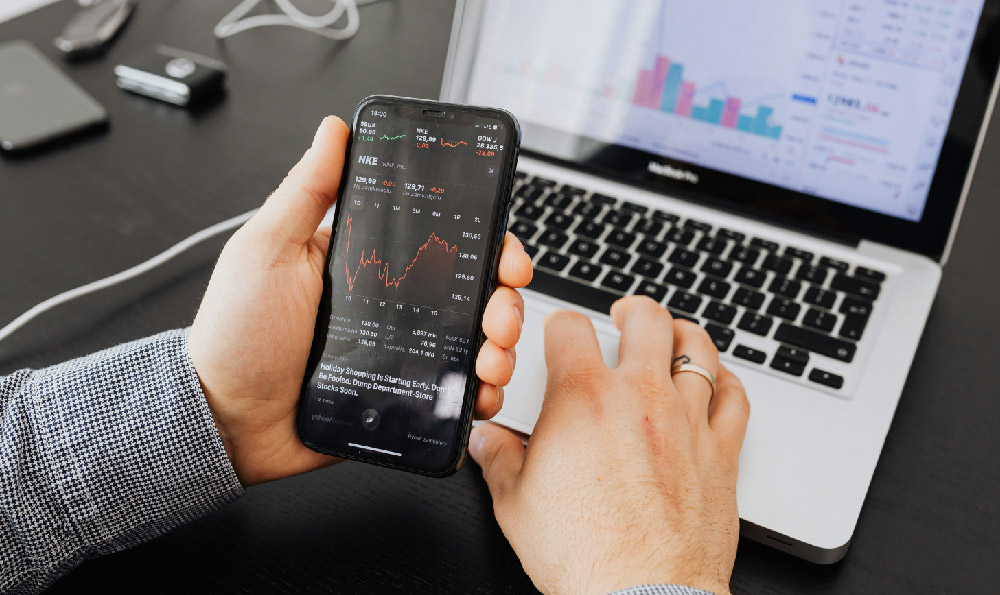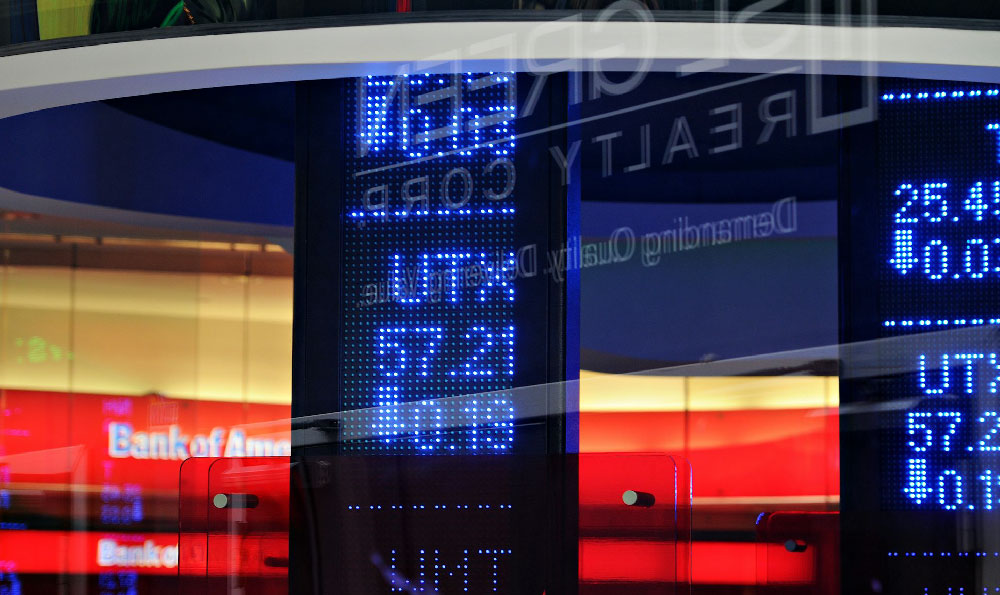Forex trading, short for foreign exchange trading, presents a potentially lucrative opportunity for individuals seeking to profit from the fluctuations in currency values. However, success in this market demands more than just luck; it requires a solid understanding of market dynamics, a well-defined trading strategy, and disciplined risk management. The pursuit of profitability in Forex is an ongoing journey of learning and adaptation, but with the right approach, consistent returns are achievable.
The first crucial step towards profitable Forex trading is acquiring a comprehensive understanding of the Forex market itself. This includes familiarizing yourself with currency pairs, understanding the factors that influence currency values (economic indicators, political events, interest rate decisions, etc.), and recognizing different types of market analysis. Technical analysis involves studying price charts and using indicators to identify potential trading opportunities. Fundamental analysis, on the other hand, focuses on analyzing economic data and news events to predict future currency movements. A blended approach, incorporating both technical and fundamental analysis, often provides the most robust foundation for informed trading decisions.
Beyond knowledge, a well-defined trading strategy is paramount. There is no single “best” strategy, as the optimal approach will vary depending on your individual risk tolerance, trading style, and time commitment. However, regardless of the specific strategy chosen, certain elements are essential. Your strategy should clearly define your entry and exit rules, outlining the specific conditions that must be met before you enter or exit a trade. This removes emotion from your decision-making process and helps to ensure consistency. Consider these points when developing your strategy.
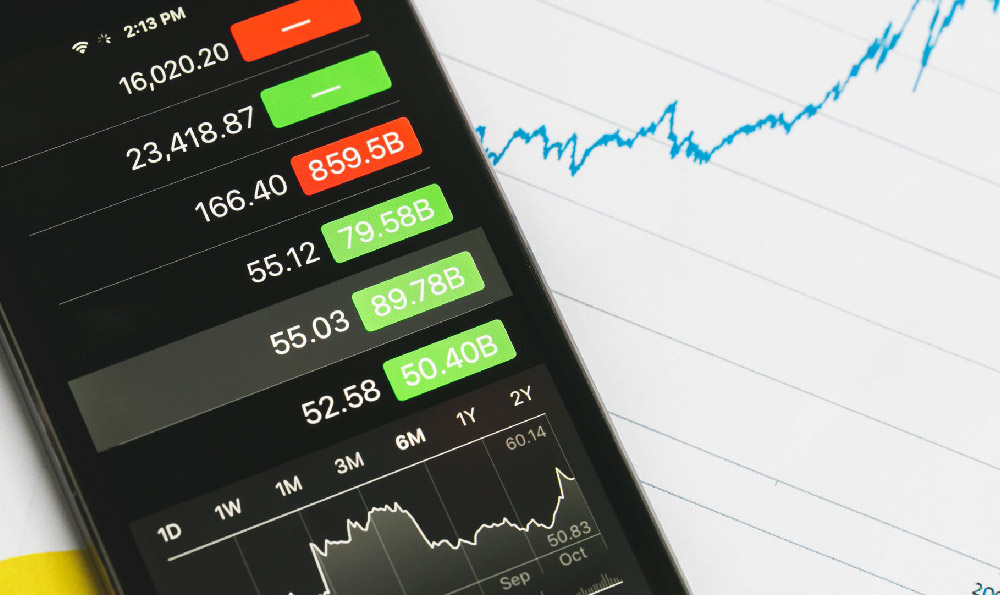
Firstly, consider trend following. This strategy involves identifying the prevailing trend in a currency pair and trading in the direction of that trend. This approach is based on the assumption that trends tend to persist, and traders can profit by riding the momentum. Identifying trends can be done through visual inspection of charts, using moving averages, or employing trend-following indicators like the Average Directional Index (ADX). Successful trend following requires patience and discipline, as it may involve holding trades for extended periods.
Secondly, there's range trading. When a currency pair trades within a defined range, bouncing between support and resistance levels, range trading can be an effective strategy. Traders identify these levels and buy near the support level, aiming to sell near the resistance level. Oscillators like the Relative Strength Index (RSI) and Stochastic Oscillator can be helpful in identifying overbought and oversold conditions within the range. Range trading is often more suitable for sideways or consolidating markets.
Thirdly, the breakout strategy. This approach capitalizes on significant price movements that break through established support or resistance levels. Traders look for consolidation periods where the price is tightly range-bound, anticipating a strong move in either direction. Once the price breaks through a key level, traders enter a trade in the direction of the breakout. This strategy can be profitable if the breakout is genuine, but it also carries the risk of false breakouts, where the price briefly moves beyond the level before reversing.
Scalping, another popular strategy, involves making numerous small trades throughout the day, aiming to profit from small price fluctuations. Scalpers often use very short timeframes (e.g., 1-minute or 5-minute charts) and hold trades for only a few seconds or minutes. This strategy requires quick reflexes, excellent focus, and a high degree of discipline.
News trading is another strategy based on reacting to economic news releases. Significant economic data releases, such as employment figures, inflation reports, and interest rate decisions, can have a significant impact on currency values. News traders attempt to anticipate how the market will react to these releases and place trades accordingly. This strategy is highly volatile and requires a deep understanding of economic indicators and their potential impact on currencies.
Risk management is an indispensable component of any profitable Forex trading strategy. No matter how well-researched your analysis or how well-defined your strategy, losses are inevitable. Therefore, it is crucial to implement measures to protect your capital and limit potential losses.
Using stop-loss orders is paramount. A stop-loss order automatically closes a trade when the price reaches a predetermined level, limiting the amount you can lose on a single trade. Setting appropriate stop-loss levels is crucial; too tight, and you risk being stopped out prematurely due to normal market fluctuations; too wide, and you expose yourself to excessive losses.
Determining position size carefully is also essential. Position size refers to the amount of capital you allocate to each trade. A general rule of thumb is to risk no more than 1-2% of your total trading capital on any single trade. This ensures that even a string of losing trades will not significantly deplete your account.
Leverage, while potentially amplifying profits, also magnifies losses. Forex brokers typically offer high leverage, allowing traders to control large positions with a relatively small amount of capital. While this can increase potential gains, it also increases the risk of significant losses. It is crucial to use leverage cautiously and responsibly, understanding the potential consequences of over-leveraging.
Maintaining a trading journal is a valuable practice. Recording all your trades, including the rationale behind each trade, the entry and exit points, and the outcome, allows you to analyze your performance and identify areas for improvement. By reviewing your past trades, you can learn from your mistakes and refine your strategy.
Emotional discipline is a critical factor often overlooked. Fear and greed can cloud judgment and lead to impulsive decisions. It is essential to stick to your trading plan, even when emotions are running high. Avoid chasing losses or letting winning trades run for too long out of greed.
Finally, continuous learning is essential. The Forex market is constantly evolving, and traders must stay abreast of the latest developments, economic trends, and trading strategies. Reading books, attending webinars, and following reputable financial news sources can help you stay informed and improve your trading skills.
In conclusion, profitable Forex trading is not a get-rich-quick scheme but a skill that requires dedication, knowledge, and discipline. By understanding market dynamics, developing a well-defined trading strategy, implementing robust risk management measures, and continuously learning and adapting, you can increase your chances of success in this challenging but potentially rewarding market. Remember that consistency and patience are key to achieving long-term profitability.



